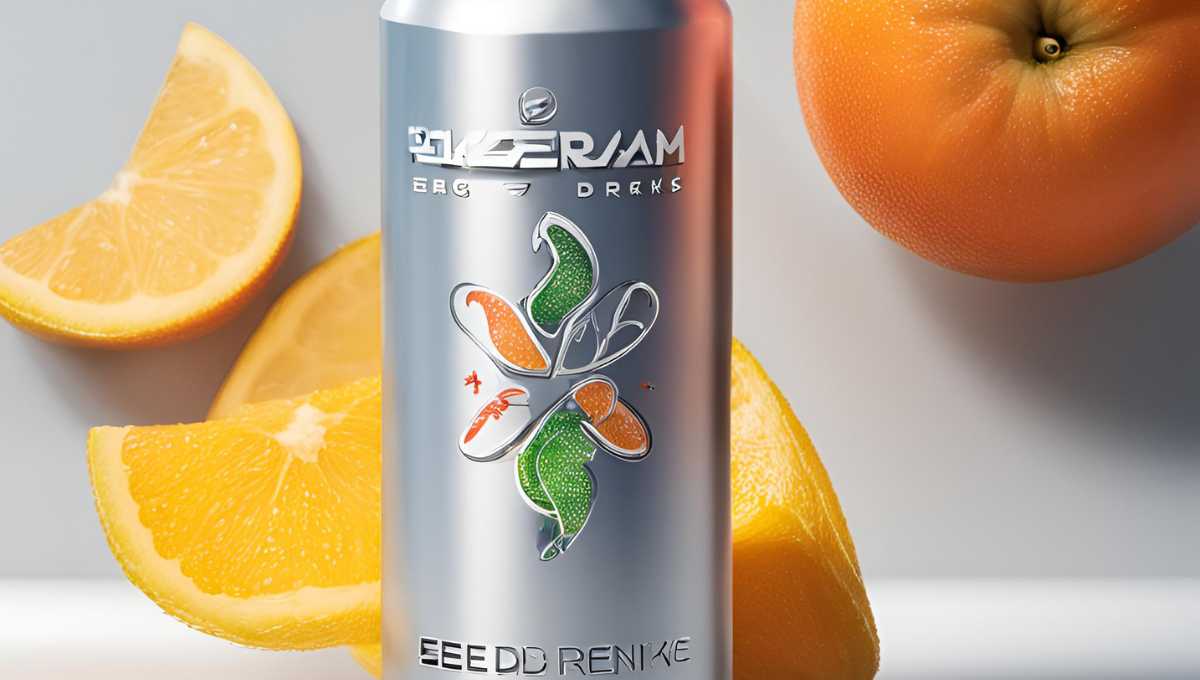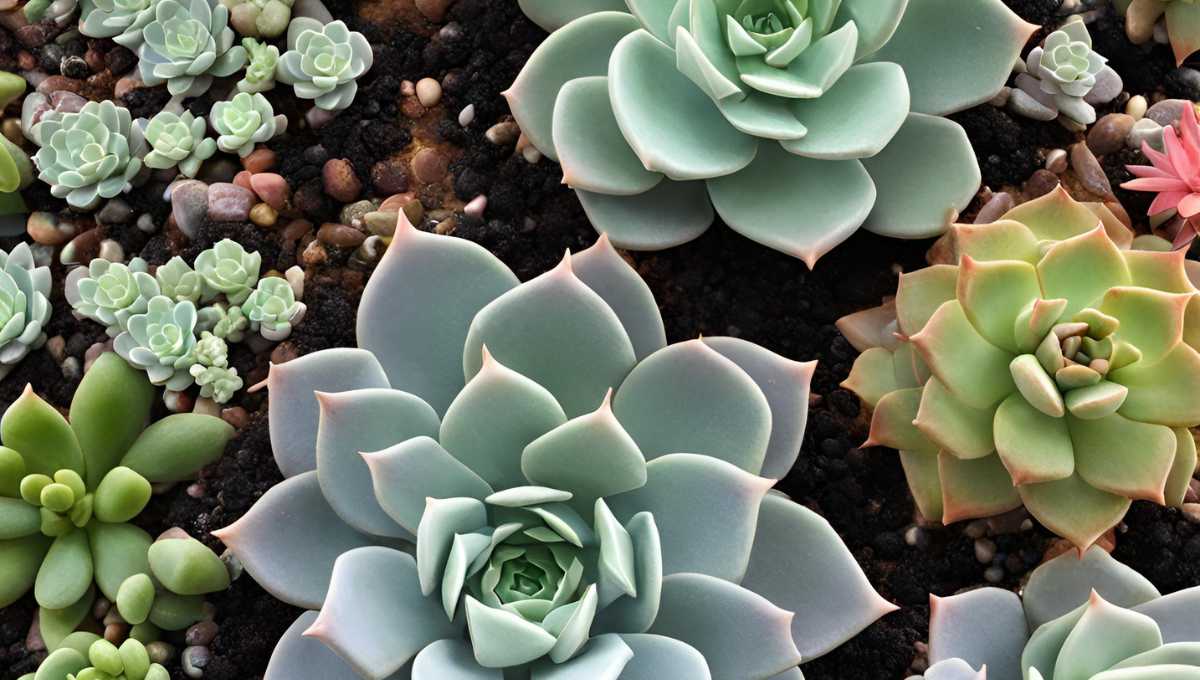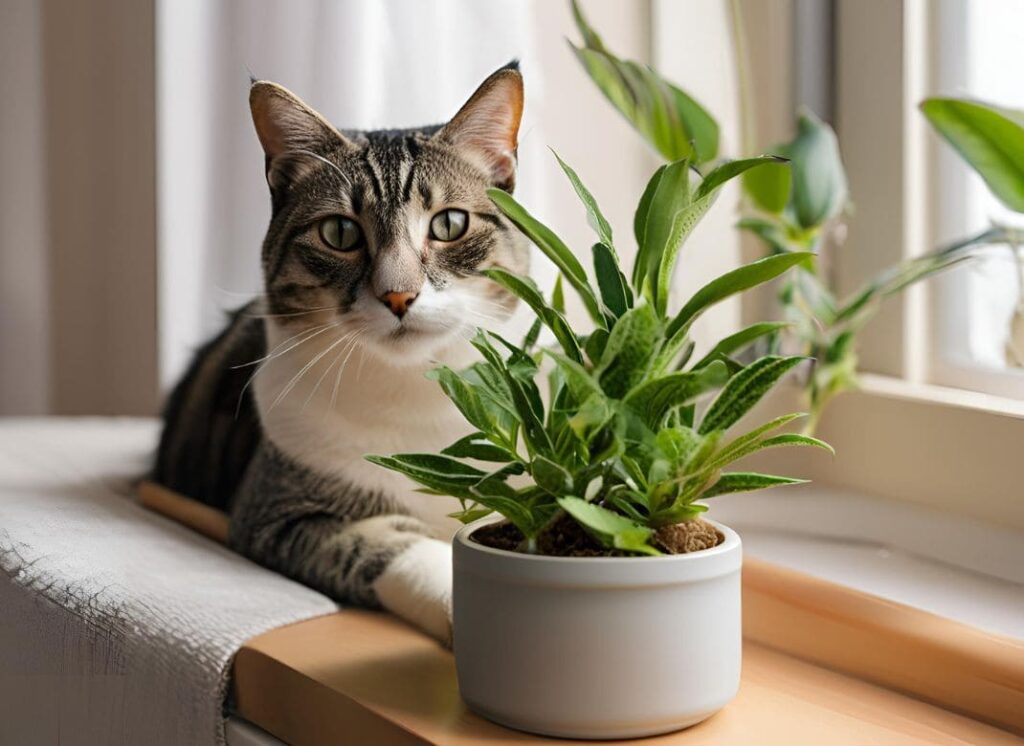
Introduction
If you have pets, make sure your house have cat safe indoor plant. Pets may chew on plants out of curiosity or mischief. Some common houseplants are toxic to cats and dogs, but many are safe. You can find pet-friendly plants to add greenery and purify the air in your home.
Why choose cat-safe indoor plant?
Choosing pet-friendly plants is important if you have cats. Bloomscape’s plant expert, Lindsay Pangborn, says plants not labeled as pet-friendly can cause health issues if ingested. Symptoms can include mouth and stomach irritation and vomiting. Fortunately, there are many air-purifying plants for bedrooms, offices, and kitchens that are safe for your cats to chew.
Top Cat-Safe Indoor Plants for Your Home
Are you worried about choosing cat-safe indoor plants? Then here are some cat-safe indoor plants.
In This Post
Toggle
1. Chinese Money Plant
The Chinese money plant is safe, unique, and grows new plants quickly. These new plants are called “pups.” The leaves are round, shiny, and do well in medium to bright light. When pups appear, you can grow them into new plants and share them with your friends.
Care instruction
Water your pile every week or two, and turn it 180 degrees each time you water it so it grows evenly.
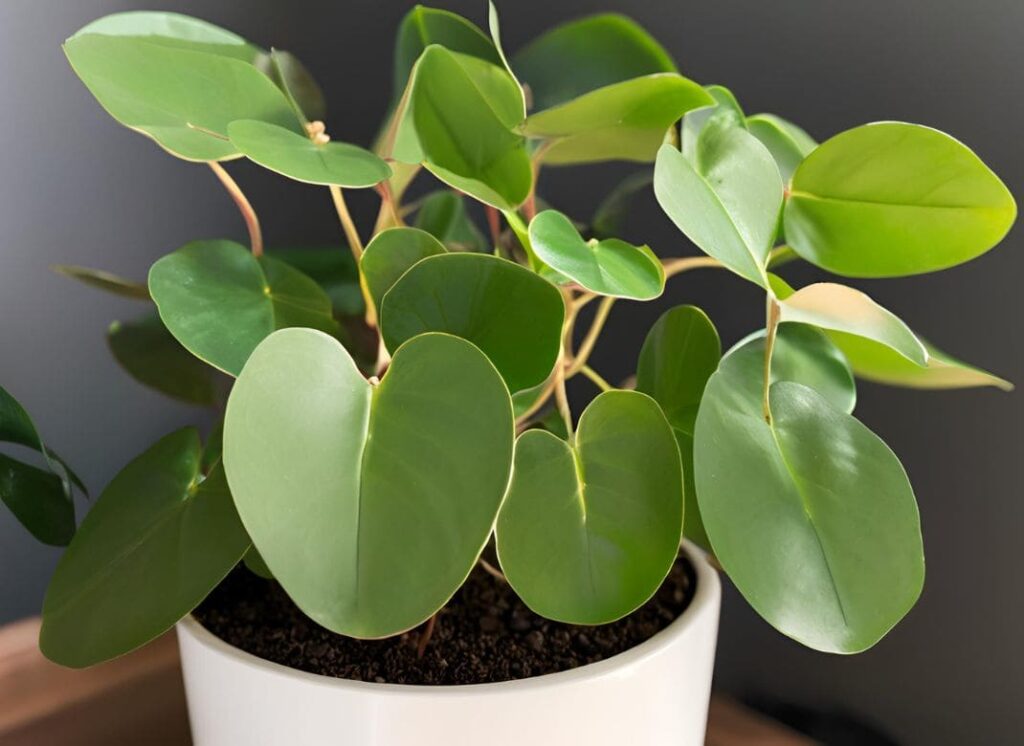
2. Money Tree
Legend says money tree plants bring good luck and fortune to those who have them, making them great housewarming gifts. Unlike many other pet-friendly plants, money trees look like miniature trees with trunks. The shiny leaves grow quickly, and the trunks are often braided.
Care instruction
Money trees are very tough, so they can handle it if your cat swats at them or if your dog’s tail knocks them over. Keep it in medium-to-bright indirect light and water it every one to two weeks.
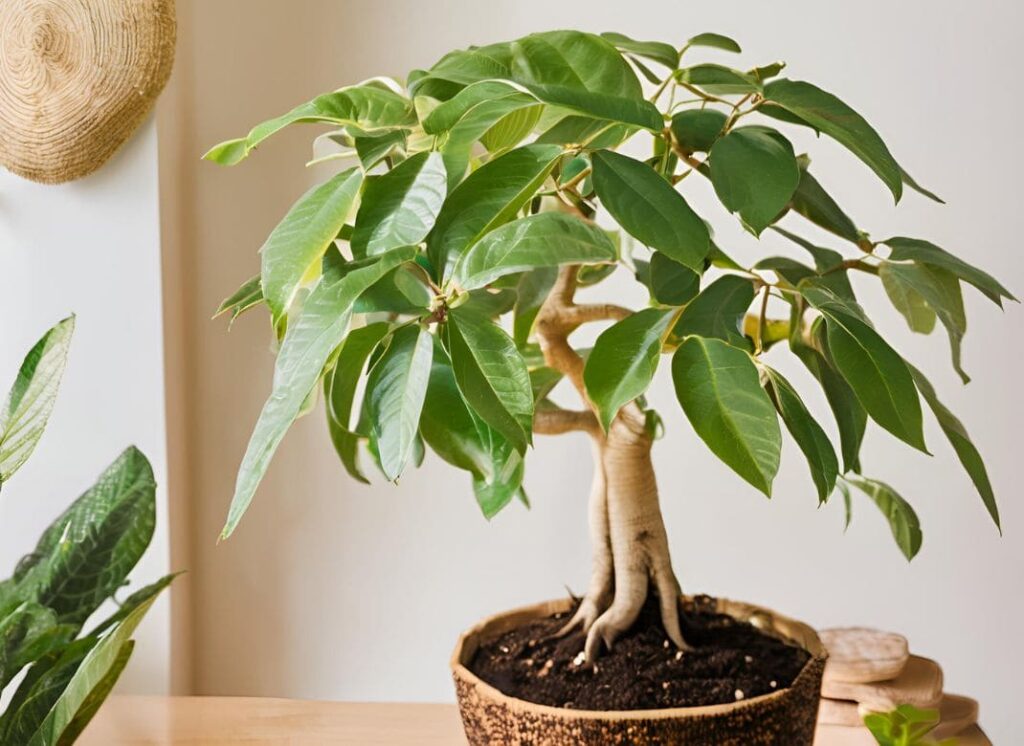
3. Hoya Varieties
Hoyas have thick leaves and woody stems, making them great for bright rooms in your home. There are many types to choose from, and you should care for them like succulents, not regular houseplants. We really like the hoya carnosa for its pink, white, and red leaves. You can also find heart-shaped hoyas, skinny-leaved hoyas called hoya linearis, and hoyas with curly, ribbon-like leaves.
Care instruction
If your hoya is in a bright spot, it will need more frequent watering. Hoyas can handle low light, but they grow faster and have brighter colors in more light. If your hoya is in a low-light area, water it about once a month. When the leaves feel thin, look wrinkly, and lose their shine, it’s time to water them.

4. Rattlesnake Plant
The rattlesnake plant, also known as Calathea lancifolia, has colorful, uniquely shaped leaves and an easy watering schedule, making it a perfect choice for a low-light living room. Just picture the funky purple underside of the leaves next to your midcentury chair!
Care instruction
Rattlesnake plants grow best in loose, fast-draining soil, and you can fertilize them monthly, but skip this in the fall and winter. They thrive in a spot away from direct light and prefer temperatures between 70 and 80 degrees F. Water them when the top of the soil feels dry, and give their leaves a spritz if they look dry.
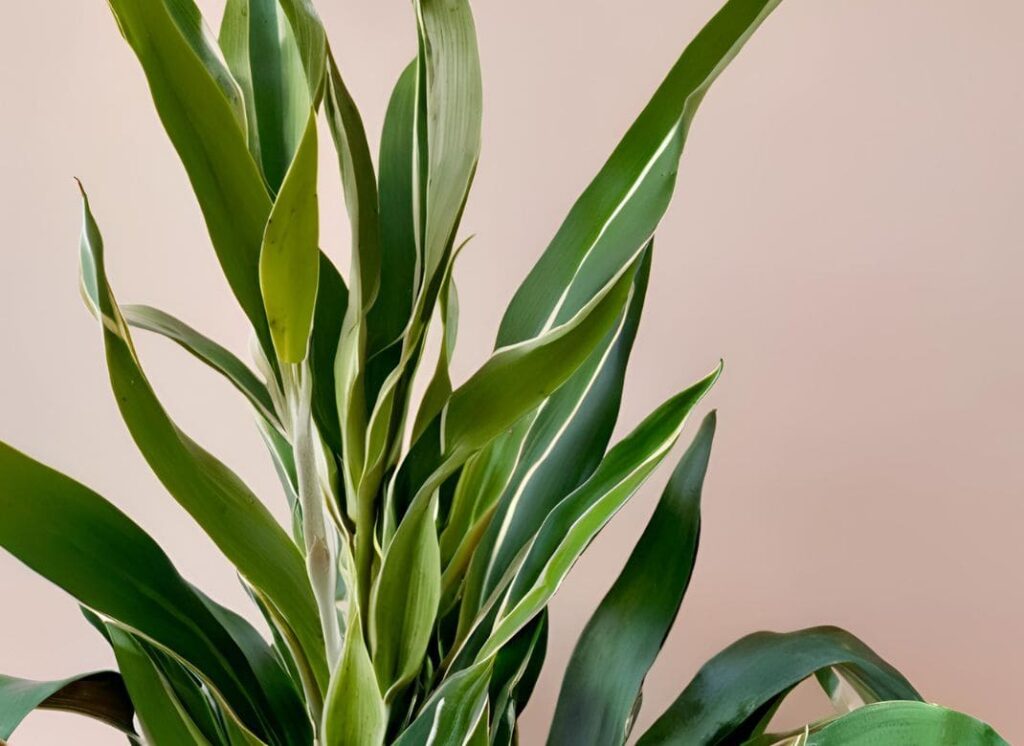
5. Spider Plant
A favorite of veterinarians, the spider plant is easy to grow indoors and very resilient, even for those who struggle with plants. They are also great air purifiers, helping to remove toxins from your home.
Care instructions
Spider plants don’t like direct sunlight because it can scorch their leaves. While they can tolerate low light, they grow best in indirect, bright light and temperatures between 60 and 80 degrees F.
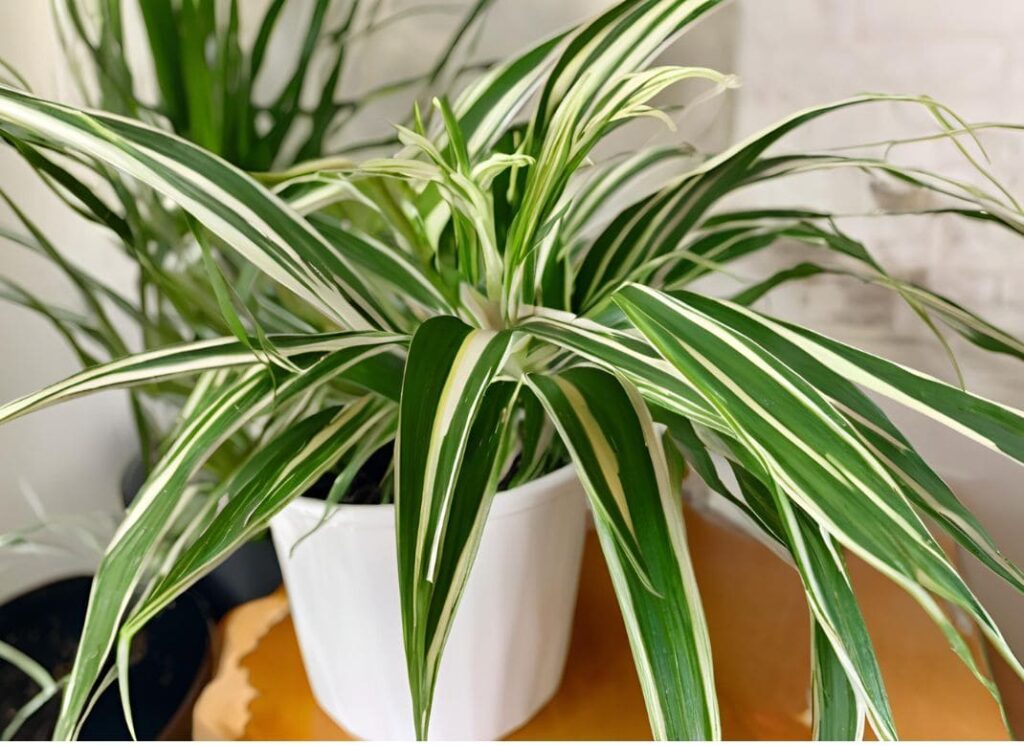
6. Baby Rubber Plant
Don’t confuse the baby rubber plant with a rubber tree (ficus elastica). Peperomia obtusifolia has thick, waxy leaves with a lot of character. You can find it in bright green or variegated varieties that have light and dark green splashes.
Care instruction
The baby rubber plant prefers medium to high light but can tolerate low light, though it will grow a bit slower. Water it weekly or whenever the soil feels very dry.
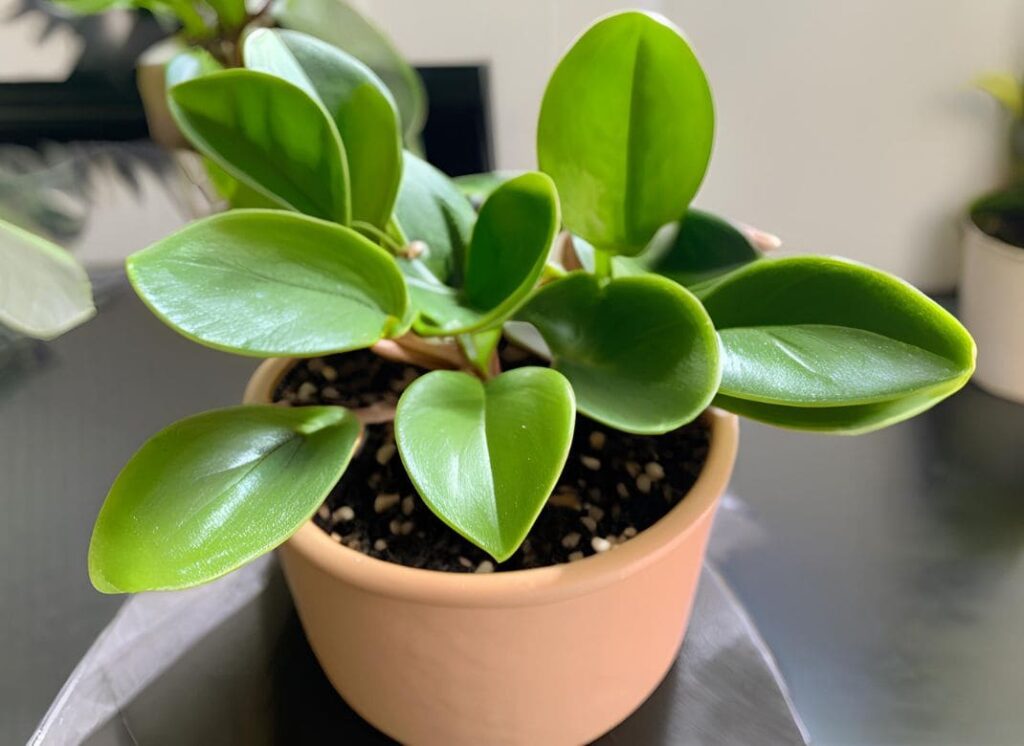
7. Parlor Palm
Put one on a credenza or nightstand that’s not too close to a window because this palm only needs a few hours of indirect light each day.
Care instruction
Parlor palms grow slowly and can take several years to reach three to four feet tall. Keep them out of direct sunlight and keep the soil evenly moist for the best results.

8. Calathea orbifolia
The leaf pattern on this calathea is beautiful. This houseplant needs partial shade, making it ideal for a plant stand or shelf in a bedroom that doesn’t get much natural light.
Care instruction
Calatheas don’t like sunlight because it burns their leaves. A regular watering schedule will help keep your plant healthy and hydrated. It thrives in temperatures between 60 and 80 degrees F, but not below 55 degrees. It also enjoys high humidity, so regular misting or placing it near a humidifier is a good idea.
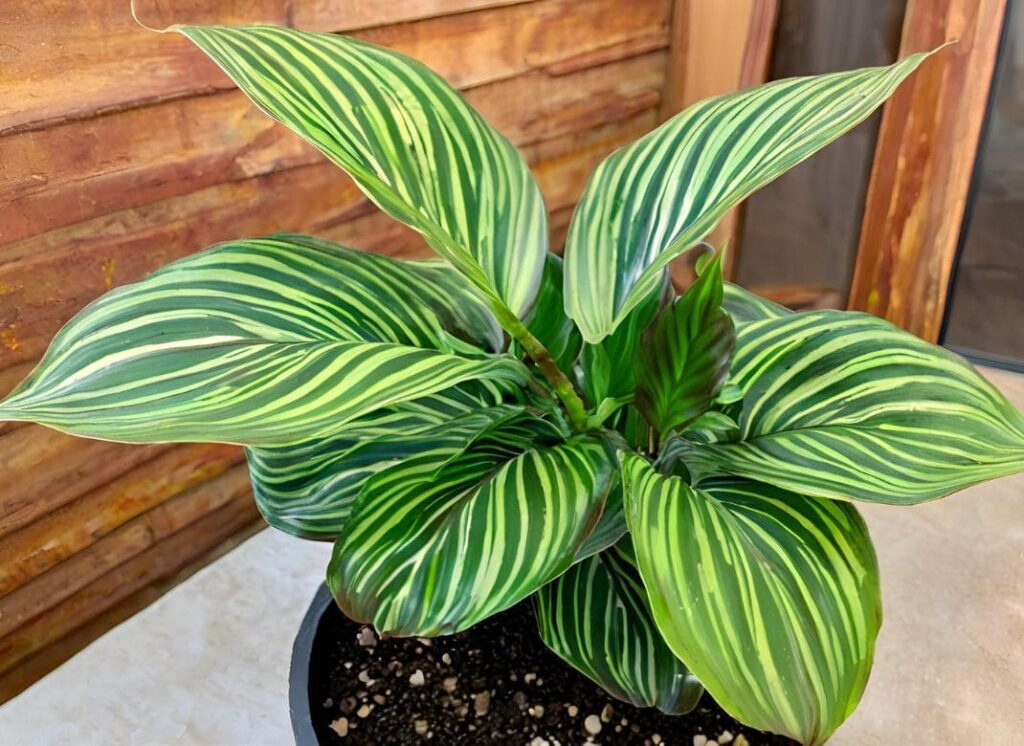
9. Ponytail Palm
The ponytail palm, also known as Beaucarnea recurvata, has a lot of character, and your pet might want to befriend it or swat at its draping fronds.
Care instruction
Ponytail palms are great for people who are afraid of plants because they only need to be fertilized two to three times a year. They prefer dry soil, so make sure not to overwater them.
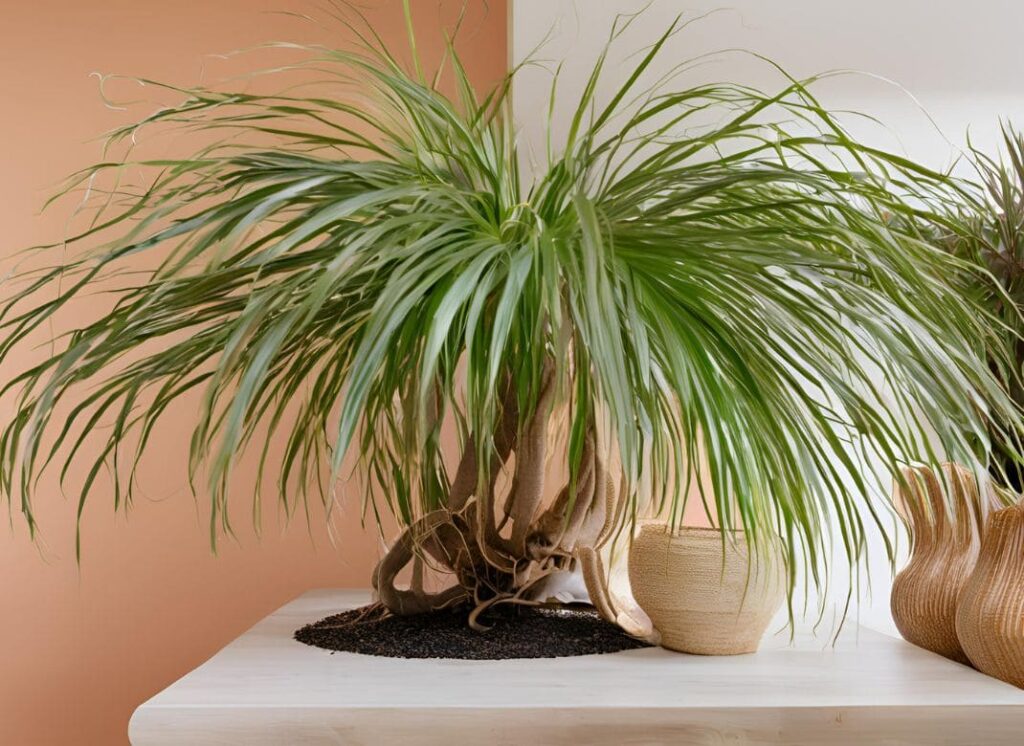
10. (Certain) Succulents
Add some pet-friendly succulents, like Haworthia, Echeveria, or a group of air plants, to your countertop, and you’ll be all set.
Care instruction
While these popular houseplants don’t require much care, make sure they get plenty of direct sunlight and light watering every two weeks. Check that the soil is dry before you water them.
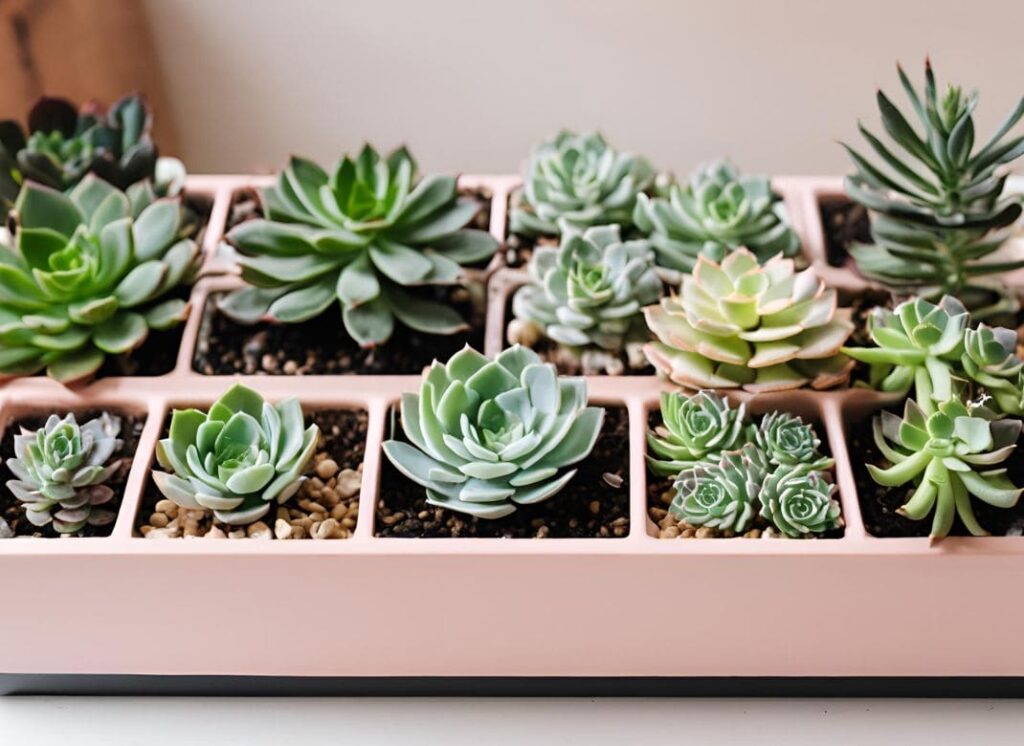
What Makes a Plant Pet-Safe?
Pet-safe plants are nontoxic, meaning they won’t harm people or animals if they are touched or eaten.
Plants can be poisonous to cats and dogs based on their toxicity levels, which are divided into four categories:
Major toxicity: These plants can cause serious illness or death if ingested.
Minor toxicity: These plants can cause mild issues, like vomiting or diarrhea.
Oxalate plants: Their juice or sap contains crystals that can irritate skin and cause other problems if ingested.
Dermatitis plants: These can cause rashes or skin irritation if touched.
Popular starter plants like pothos and snake plants are poisonous to pets and fall into the fourth category. Curiosity can be dangerous for cats; for example, eating lilies has a 50% chance of being fatal. Sago palms are also poisonous to dogs, with a mortality rate of 32% to 50%.
The Pet Poison Helpline states that only a small percentage of plants are truly dangerous for pets. Most negative effects are not life-threatening and depend on how much contact the animal has with the plant.
If you’re unsure about a plant’s toxicity, it’s best to keep it out of your pet’s reach. Even the most toxic plants can only harm pets if they can access them.
Toxic plants for cats
Many plants can be poisonous or toxic to cats and kittens. If you see your pet eating a plant you don’t recognize, contact your vet right away.
Here are some common plants that are poisonous to cats and kittens:
Spring bulbs Amaryllis Autumn Crocus
Azaleas and Rhododendrons Castor Bean
Chrysanthemum Daffodils Dieffenbachia
English Ivy Hyacinths Kalanchoe
Lily Lily of the Valley Marijuana
Oleander Peace Lily Pothos, Devil’s Ivy
Sago Palm Spanish Thyme Tulip
All the plants mentioned are toxic to cats, but lilies are especially dangerous. They can cause kidney failure in cats that come into contact with the pollen and then ingest it while grooming.
If you have cut flowers at home, including lilies, make sure to keep them in a room where your cat can’t reach them.
Tips for Preventing Cats from Chewing Plants
If you have a cat, be careful with house plants. Some plants might attract your cat and could be harmful.
Remove toxic plants:
Take out any plants that are poisonous to cats. Plants like aloe vera, amaryllis, azalea, begonia, daffodils, and lilies can cause serious health problems. Check if a plant is safe before buying it. Rover.com has a list of dangerous plants.
Invest in Cat Grass:
Cats like to eat grass to help with digestion. Buy cat grass from a pet store. It’s good for their digestion and contains important nutrients. This will help keep your cat away from your other plants.
Use chili powder:
To keep your cat away from non-toxic plants, sprinkle chili powder on the leaves. This will make your cat avoid the plant. Water your plants from the bottom to keep the chili powder from washing off. You can also use aluminum foil around the plants; cats dislike the feel of it under their paws.

